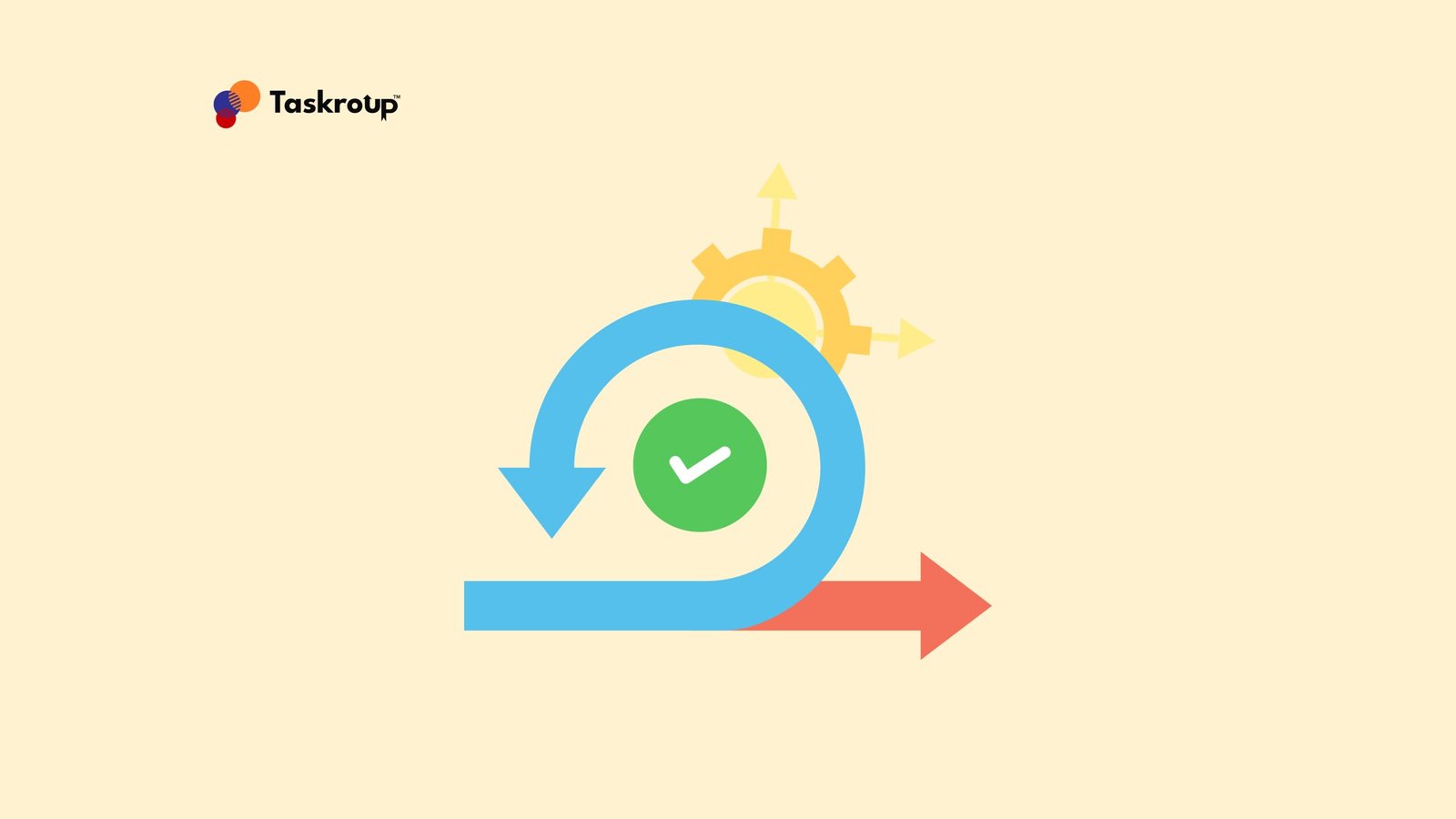Physical Address
304 North Cardinal St.
Dorchester Center, MA 02124
Physical Address
304 North Cardinal St.
Dorchester Center, MA 02124

Agile management has become a cornerstone in modern business strategies, emphasizing adaptability and collaboration. Understanding its foundation, benefits, and evolution is crucial for successful implementation, especially with tools like Taskroup, the best software management tool in the market.
Agile management focuses on iterative and incremental approaches to project management, enabling teams to respond effectively to change. By breaking projects into smaller, manageable chunks called iterations or sprints, teams can deliver value more frequently and adjust to feedback more efficiently. This approach contrasts with traditional project management methodologies that often involve lengthy planning phases and rigid timelines.
Increased productivity, better alignment with customer needs, and improved stakeholder satisfaction are some of the key benefits. Agile management fosters a collaborative environment where team members work closely with stakeholders to ensure that the project meets its objectives. Regular reviews and retrospectives help teams identify and address issues promptly, leading to continuous improvement and higher quality outcomes.
Agile methodologies have evolved over time to address the dynamic nature of today’s business landscape, promoting flexibility and innovation. Originally developed for software development, agile principles are now applied across various industries, including marketing, manufacturing, and even HR. This widespread adoption underscores the versatility and effectiveness of agile management in fostering a culture of adaptability and continuous learning.
Taskroup software serves as a powerful tool to enhance agile management practices, streamlining workflow and increasing efficiency.
Avoiding common pitfalls, continuously improving processes, and finding the right balance between flexibility and structure are essential for sustainable agile management.
Measuring key performance indicators, exploring scalability opportunities, and adapting to evolving business needs are crucial for evaluating success and planning for future growth.
Metrics like cycle time, velocity, and stakeholder satisfaction help assess the impact of agile management practices. Cycle time measures the time it takes to complete a task, while velocity tracks the amount of work completed in a sprint. Stakeholder satisfaction surveys provide insights into how well the project meets expectations and areas for improvement.
This guide provides a comprehensive overview of Agile Management and how to effectively implement it with Taskroup, the best project management tool, in 2024. From understanding the fundamentals to practical tips for sustainable success, businesses can leverage this knowledge to enhance their workflow efficiency, collaboration, and adaptability. Taskroup empowers teams to achieve their goals, respond to changes dynamically, and continuously improve their processes, making it an invaluable asset in the modern business landscape.